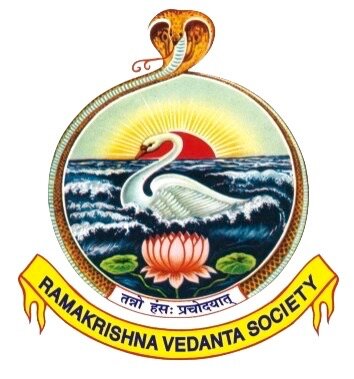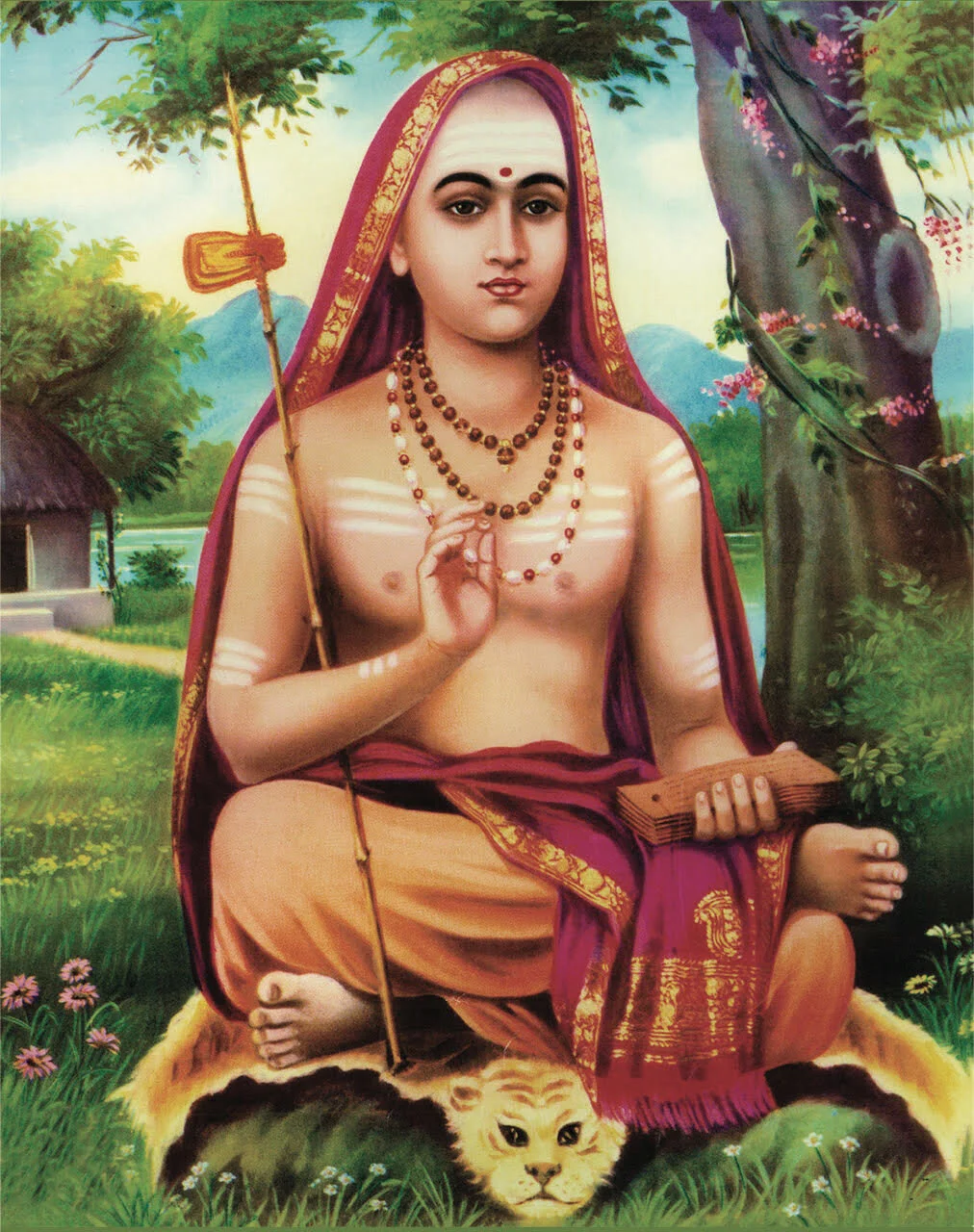When I look at a tree, I see the tree. That’s kind of obvious. But when I look at the tree carefully, I see a lot more. I notice the shape and color of its leaves, its flowers, its fruits, and I notice the birds and I hear them chirp. When I go closer and look at the tree more deeply, I may even see ants and tiny insects which have made the tree their home. I may be able to gauge the age of the tree and assess whether it is getting the nutrients it needs for healthy growth.
Looking at myself is not any different from looking at a tree. A superficial look reveals only a superficial me—the me I see when I stand before a mirror. When I look at myself carefully, I notice the me who thinks and feels, whose heart is filled with hopes and fears, whose being is nourished by memories of the past and dreams for the future. When I go deeper and look at myself even more carefully, I see what I may have never seen before. I see my own self—the real me—hidden under the layers of the body and the mind.
What is the nature of this real me? Why does the real me remain hidden? How is this real me connected with everyone and everything? Śrī Śaṅkarācārya’s Vivekacūḍāmaṇi addresses these questions, and tries to understand the relationship between me and the rest of the world, also between me and whatever or whoever else there may be beyond the world of my perception and imagination.
Understanding, in the truest sense of the term, begins with looking at everything with care and attention. When we look deeply, we see the finer details, the subtler reality, the inner truth. It is then that we can distinguish between what is essential and what is not, what is intrinsic and what is not, who I am and who I am not, what this world is and what this world is not. That is what discernment means—seeing things as they are and then separating the chaff from the grain. The Sanskrit word for discernment is viveka.
Discernment is the foremost practice in Vedānta. All other Vedānta practices become meaningful and fruitful only when they are powered by discernment. If discernment were a jewel, it would occupy the most prominent spot on a royal crown. Hence the title of the text, Vivekacūḍāmaṇi, which affirms the preeminence of discernment in Vedānta practice. But it may also point to Vedānta itself as “that which has discernment as its crest jewel.”
The seminal works of Śrī Śaṅkarācārya (788-820 CE) are his profound commentaries on the three foundational texts (prasthāna-traya) of Vedānta: namely, the Upaniṣads, the Bhagavad Gītā, and the Brahma-Sūtra. Studying these texts and the commentaries is immensely enriching, but it is also most demanding, requiring of the student a measure of proficiency in grammar (vyākaraṇa) as well as in Sāṁkhya, Nyāya and Mīmāṁsa philosophies.
Relatively less demanding, and hence more accessible, is the study of smaller treatises (prakaraṇa grantha). These generally focus on specific aspects of Vedānta teaching, presented with clarity and precision, and in a more digestible form. Śrī Śaṅkarācārya wrote many such treatises as well, better known among them are Śataślokī, Sarva-Vedānta-Sāra-Saṅgraha, Upadeśa-Sāhasrī, and Vivekacūḍāmaṇi.
Among all of Śrī Śaṅkarācārya’s writings, the Vivekacūḍāmaṇi has remained for centuries a favorite of Vedānta students. It follows a systematic scheme in its presentation but, because its 580 verses are not subdivided into chapters or sections (unlike the Bhagavad Gītā, for instance), getting a handle on the text becomes a challenge for many.
The text can be conveniently divided into four sections. The first section is introductory. It describes the basic disciplines for a student’s fitness to study and practice Vedānta. This sets the stage for a dialogue between the student and the teacher. The second section applies discernment to distill the meaning of “this” (world), “that” (the reality beyond), and “me” (the individual). This is done as a preparation for an analysis of the Upaniṣadic teaching: “You are that” (tat tvam asi), which is the focus of section three.
All of this is not meant to be merely an intellectual exercise but something to be experienced directly. Everything that we see with the senses and imagine with the mind is the result of misperception. When we look deeply, we see clearly the truth of nonduality. The Ātman, who is the real me, is consciousness—birthless and deathless, pure and perfect. The Ātman alone exists. Experiencing oneness with this nondual existence and dwelling in that timeless reality is real freedom.
In the concluding section we then read the exchange between the newly enlightened student and the teacher who is delighted to see the transformation. When the text is studied with diligence and attention, it quickly becomes apparent that the one referred to as the student or disciple (śiṣya) in the text is really none other than the reader, and the teacher (guru) is Śrī Śaṅkara himself. When that happens, the study becomes personal and the hope of being enlightened becomes real.
This is an extract from the Preface to the book Looking Deeply: Vivekacūḍāmaṇi of Śrī Śaṅkarācārya, which will be our textbook for an in-depth study, beginning September 22 (every Wednesday at 7:30 pm EST) at the Vedanta Society in Boston. In order to attend in person, it is absolutely required to be fully vaccinated and fully masked. The study will also be streamed live at this link.


